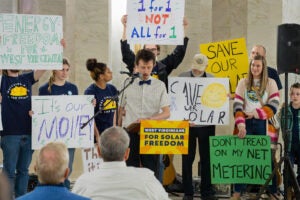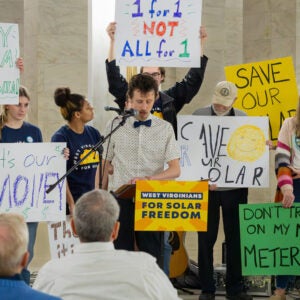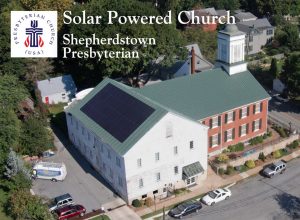
Shepherdstown Presbyterian, our first project, installed in 2014.
First, let’s back up for just a sec…
Some of y’all have heard this story a time or two, but it’s worth sharing again.
Since our very first project on our founder’s hometown church in Shepherdstown, West Virginia, we’ve been focused on finding new and creative ways to help nonprofits save with solar. It wasn’t always easy to make the cost-benefit analysis work – mostly because nonprofits didn’t previously qualify for the solar tax credits as for-profit businesses.We weren’t quiet about how unfair that was. In fact, quite the opposite. And guess what. All that noise we made had an impact. Things have changed and we’re celebrating. Big time.
Nonprofits are now eligible for federal support to go solar!
With passage of the Inflation Reduction Act in 2022, congress introduced new and expanded tax credits for clean energy and chose to extend those benefits to non-taxed entities in the form of a direct payment. In other words, nonprofits and other tax-exempt organizations qualify for the same incentives as for-profit businesses, they’re just realized in the form of a direct payment instead of a tax credit.
We’re proud of the part we played in bringing this piece of the Inflation Reduction Act to life. After a decade of urging our elected leaders to make solar more accessible to nonprofits, the path to clean energy for churches and other pillars of our communities is beginning to take shape.
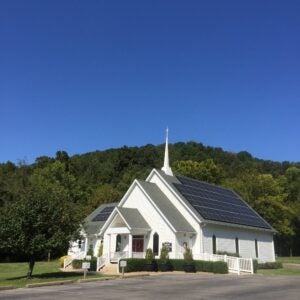
Glenville Presbyterian, solar since 2019.
What are the new solar benefits for nonprofits?
- 30% of the total project cost is covered. For all organizations. Full stop.
- Another 10% of the project is covered if your organization resides in an Energy Community. That’s great news for West Virginia where 52 of our 55 counties lie entirely within the Energy Communities map. Many parts of Kentucky and Virginia do as well. Click here to see if your area qualifies.
- We should also mention the 10% bonus credit available for projects that use panels manufactured in the US. It’s not on the table yet, but US manufacturing is actively ramping up domestic production and we expect to have access to these panels very soon. Once those come online, we’re talking about a total benefit of up to 50%!
Since Direct Payments are a completely novel approach in the world of credits and deductions, the guidelines needed to be written. Finally, this month the IRS released those guidelines, and it’s time to get to work on applying for these massive incentives!
How nonprofits can apply for federal support through the IRS
Our team will be available to help, and we always suggest working with a tax professional, but a good first step is to register your organization with the IRS’s Pre-Filing Registration Tool. Click here to get started: Pre-File with the IRS
This step provides you with your registration number which you’ll need when it comes time to file your tax return. The IRS recommends submitting the pre-filing registration form as early as possible within the tax filing year, but no less than 4 months prior to when you plan to file your return.
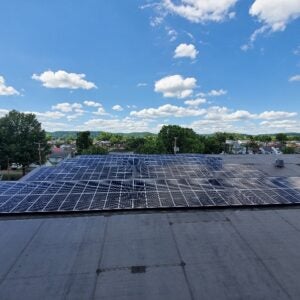
Solar has powered Coalfield Development’s West Edge facility in Huntington since 2021.
Why this is such a big deal.
This legislation addressed a major oversight in well-meaning tax laws by finally extending benefits to include non-taxed entities too. Churches, homeless shelters, foodbanks, state and local governments and other tax-exempt organizations are doing important and meaningful work in our communities – and they rarely have a surplus of funds to spare.
Enabling nonprofit organizations to benefit from the same federal support enjoyed by their for-profit counterparts corrects an unfortunate oversight of past tax laws. Empowering nonprofits to cut their overhead costs by making their own electricity with solar allows them to invest their precious resources back into their organization’s mission rather than its electric bill.
At Solar Holler, it brings us full circle, straight back to our roots. We’re so excited to re-engage with the many nonprofits and mission aligned organizations for whom solar is finally within reach.
Ready to explore solar for your nonprofit?
Let’s crunch the numbers and see what all of these new benefits could do for your organization. Click here to get started.



